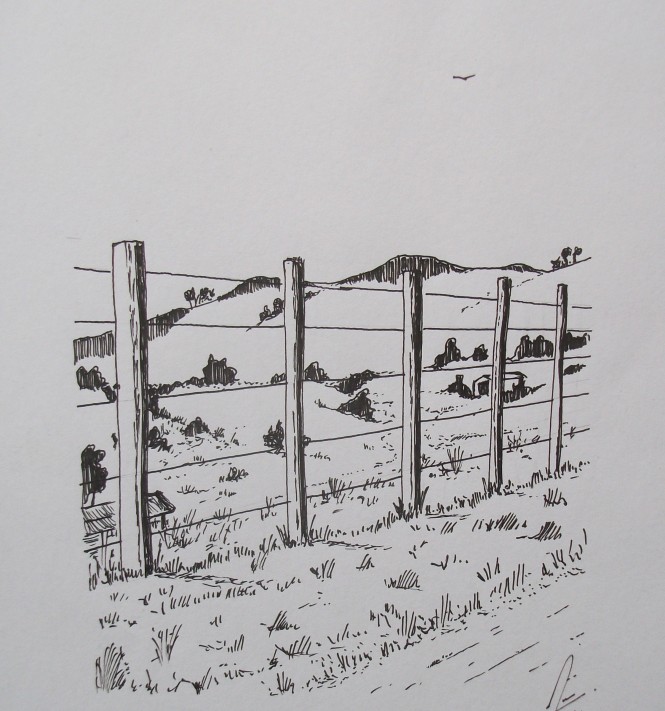On 23 October 2017 I became a ‘Pensioner’!!
Let me explain:
Under the laws of the country in which i live, when I attain the age of 65, I am entitled to receive a fortnightly amount of money from a grateful government; this being ‘Reward’ for the taxes I have paid to them as a worker over the last 40 or so years. it si ‘free’ certainly, although to receive it one has to have an interview with an official i the relevant Government department and, when doing-so, provide them with all the necessary ‘bits of paper’ that are required to prove that i actually are whom I say I am.
One then waits, hoping that the application has been approved.
That is the easy part; it’s the ‘psychological’ aspect which is more entertaining.
Rightly or wrongly, the term ‘Pensioner’ has certain attributes attached to it. The perceived image is of an old person (invariably male) with a long white beard, a walking sick and, perhaps, an accompanying beard. he is also usually slightly less than bright and wears a dazed look as it he is trying to make sense of his environment. he also has a ‘hat’ – a very important piece of apparel which definitely marks him as being ‘an Old’. Said hat accompanies him everywhere and is most noticeable when he is driving his (frequently, unsurprisingly, old) car erratically down the local highway. It is, after all, common knowledge that ‘elderly men with hats’ are the world’s worst drivers’ and are to be avoided at all costs by all other drivers. the ‘hat’ is the signature; see it and avoid the vehicle if at all possible.
Except that I am none.of those, although I am certainly male. I do not, for instance, possess a long white beard, a walking stick and definitely not a hat worthy of the name. These are of course all stereotypes and i had certainly embraced them; indeed I actually knew people who conformed to them with a high degree of accuracy. The stereotype was well-entrenched.
Before unintentionally becoming one of the ‘Chosen’, I had real problems with the image I have detailed above. I was aware, of course, that I was to enter the realm of the ‘Pensioner’ yet I did not fit my own stereotype. Indeed I was very definitely anything but. I still hold to this view, and to a certain extent am still fighting with it. Certainly my ‘calendar’/ physical age is 65 years of age, but the mind that is attached to the frame is still anything but; it still undertakes academic-level research, it still tries to unravel complex problems involving gold mining extraction processes., and it still has sufficient capacity to write a weekly review of books received from a publisher in another country. The mind still asks the questions and the body is still reasonably fit and working well. All of which does not fit the previously-noted stereotype.
My problem therefore is self-inflicted, and a matter of ‘self-perception’. The ‘mind’ says ‘You are not ‘old’ yet (to use an aviation analogy), the air-frame’s hours are ever increasing (albeit gradually, imperceptibly). and the skinning is starting to show evidence of a shortening fatigue life. It’s an interesting situation, made somewhat more interesting by the apparent visual evidence that I am younger than those around me; the ‘real’ Pensioners’, evidence that can become rather irrelevant when I see my reflection in a shop window or when I am smiled at by a ‘young mum’propelling a toddler down the road in a pushchair, and realise that, to her and her ilk I am actually ‘Old’, a ‘Grandfather’ if you will. THAT is a dose of reality… There are other, similar, reminders.
So here I am; a ‘Pensioner’. It’s a new experience, the stereotypes are gradually being eroded, and I am slowly moving (albeit still to a degree ‘kicking and screaming’) into what I am assured is ‘A new stage of my life’. My acquaintances (all of whom have already made ‘The Jump’) have made me welcome into their world, but it is still a new land, with all sorts of unknowns. I know what I do NOT want to do, yet at this very early stage. I do not know what I CAN do . As I said above, it is apparently a ‘new’ stage; and it remains to be saeen what form it will take. and how I will react to what I encounter. Age being what it is, there is, of course, no going back, so I am, like it or not ‘committed’.To use an aviation analogy, I have passed the ‘Point of No Return” in much the same way as an aircraft is committed to fly onwards to its destination because it has nowhere to go and not enough fuel to go back.
The ‘flight’ promises to be an interesting one…
Thank you.






